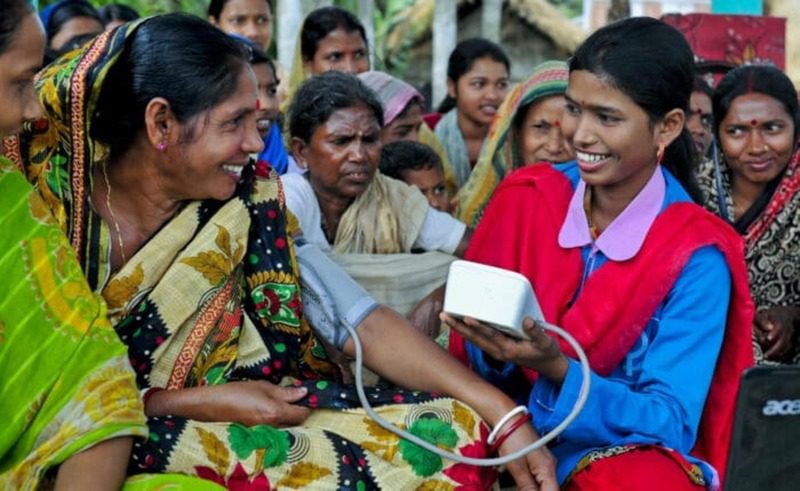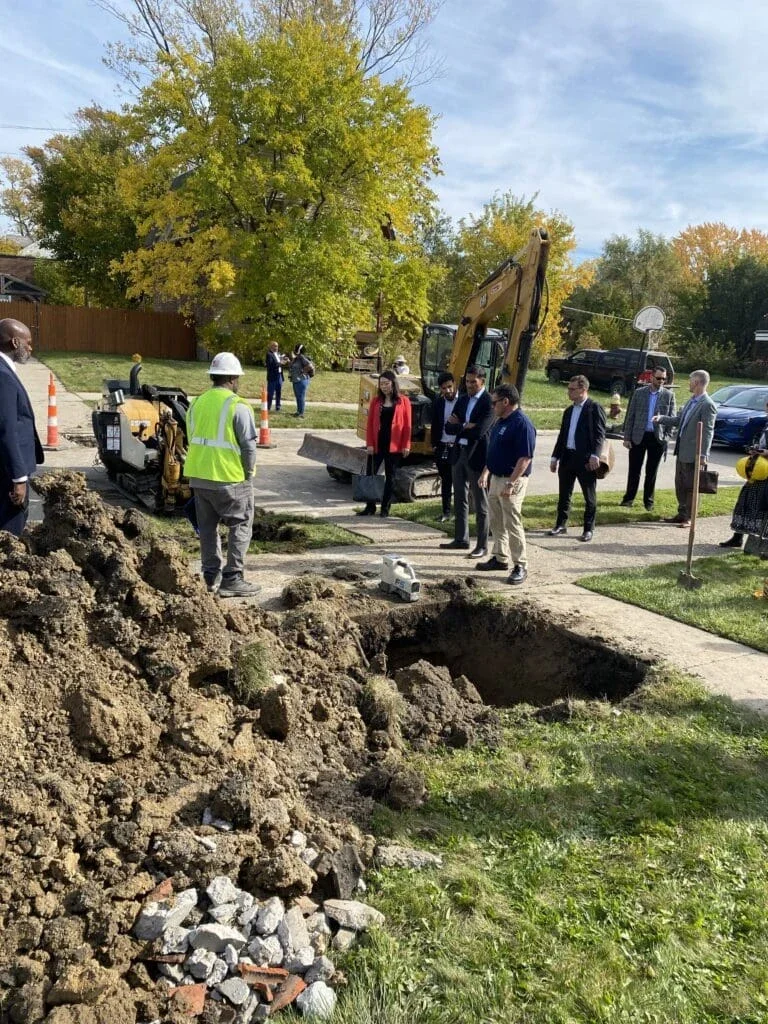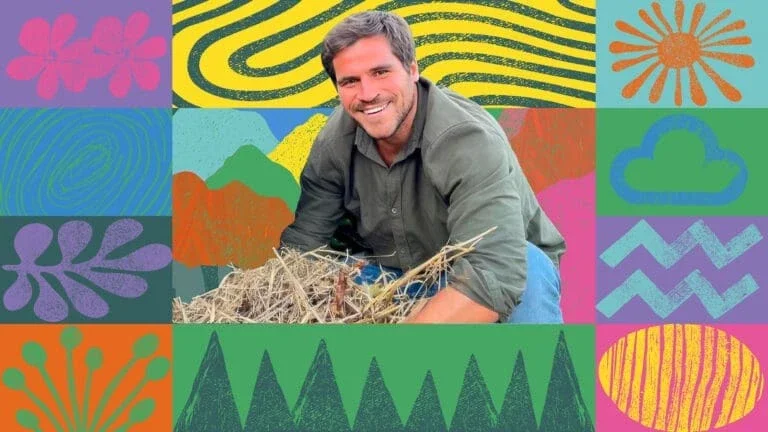
A community health worker checks a woman’s blood pressure during an outreach session, strengthening access to essential care.
As weather patterns become increasingly complex and unpredictable, climate services help health systems direct funding, supplies, and personnel where needed.
In practice, this means hospitals receive early warnings when a heatwave is approaching, giving staff time to prepare. It means mapping areas at risk for vector-borne diseases like dengue or malaria, so interventions can be targeted before outbreaks occur. And when hurricanes are in the forecast, data on hospital vulnerabilities, water systems, and supply chains are combined with weather intel to keep services on during crises.
For more than a decade, the World Health Organization (WHO) and World Meteorological Organization (WMO) have worked collaboratively through the WHO-WMO Joint Programme on Climate and Health to build initiatives like these. Efforts are paying off. For example, in Senegal, the Ministry of Health and Social Action and the Meteorological Agency collaborate closely to share forecasted heat warnings across the health system on a routine basis.
To help accelerate progress, The Rockefeller Foundation and Wellcome are supporting the WHO-WMO Joint Programme to pilot health-meteorological units in seven countries across Africa, Latin America, and Asia, while also building collaboration and capacity between national meteorological agencies and ministries of health in at least 20 countries. Bolstered by dedicated fundraising and capacity building efforts, this work aims to transform the foundational landscape of climate services for health, rapidly accelerating the use of actionable climate insights to protect people, especially those most vulnerable to the impacts of climate change.
But lasting change requires more than pilots. To meet the growing demand for climate services in the health sector, we need a more coordinated ecosystem of partners to help streamline them into national health strategies.





